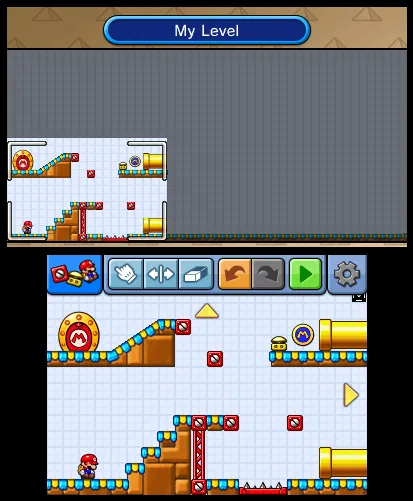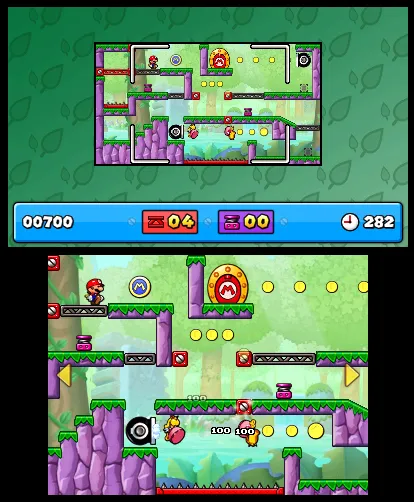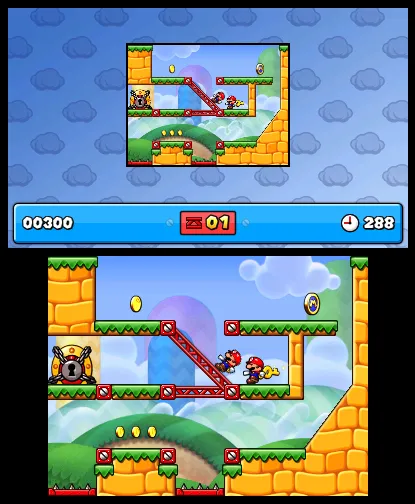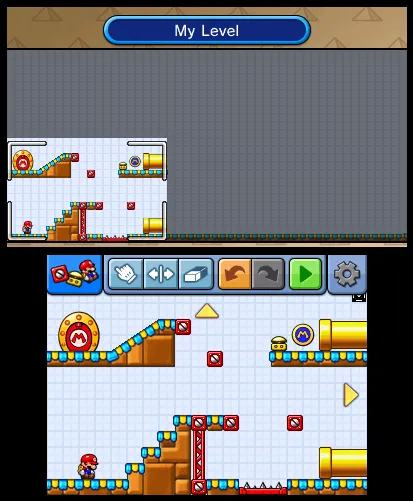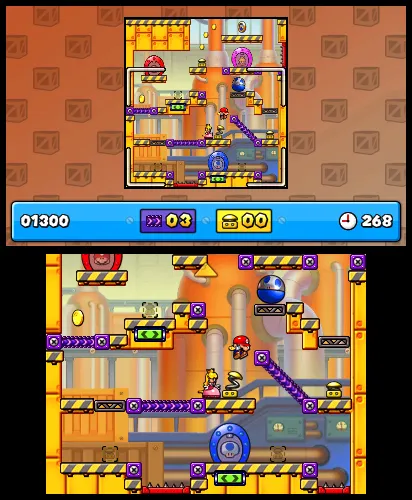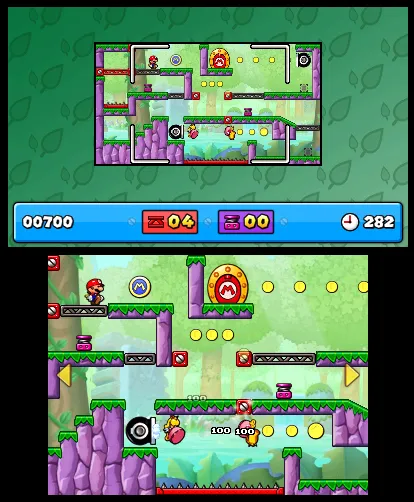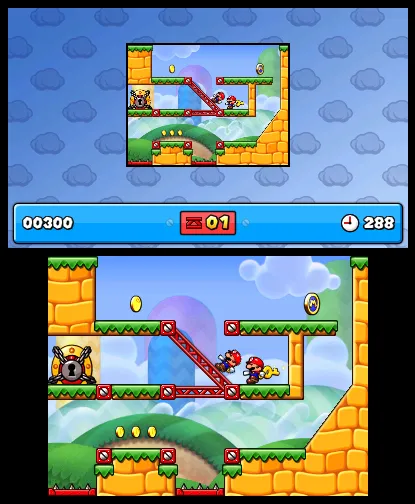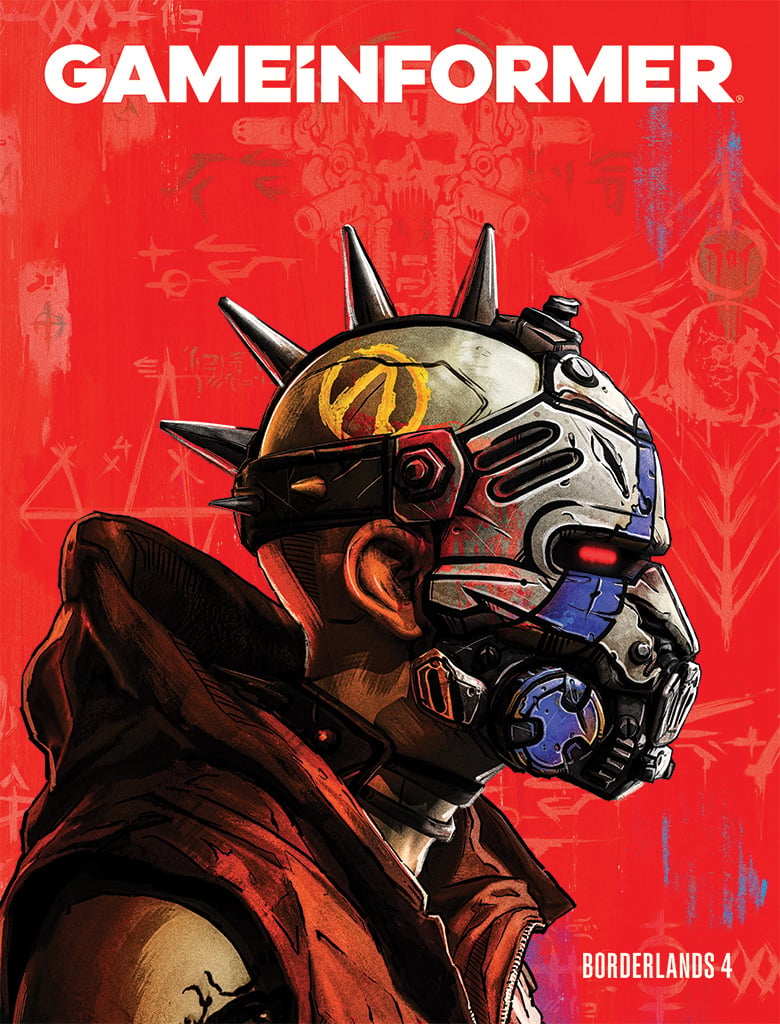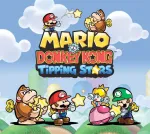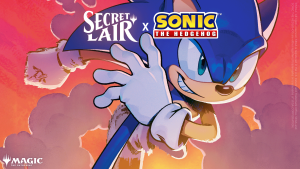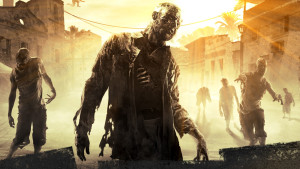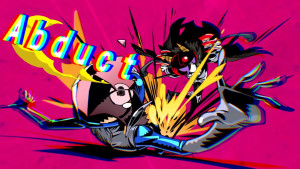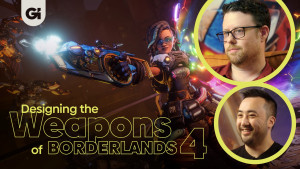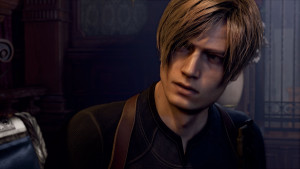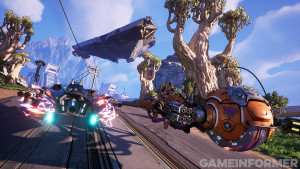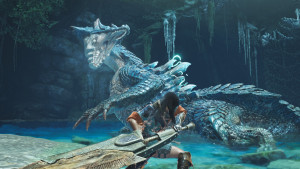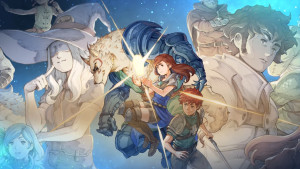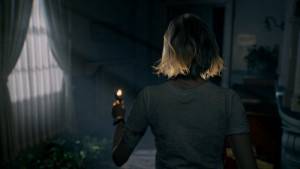Last chance to get your Borderlands 4 issue when ordered by July 1st. Subscribe Now!
Mario vs. Donkey Kong: Tipping Stars Review

After 2013’s misguided Mario and Donkey Kong: Minis on the Move top-down 3D offshoot, Nintendo has decided to stop messing with the formula and return to the 2D puzzle gameplay that made this series a cult favorite. It’s been five years since players guided auto-moving toy versions of the Mario cast through levels filled with traps, and it feels good to be back.
Fans of the series will instantly recognize the look, sounds, and gadgets used in Tipping Stars. In many ways, it’s similar to Mini-Land Mayhem, with red girder platforms, purple conveyor belts, warp pipes, and jump springs. If you’ve just played the previous 2D entry, it might not feel as fresh, but the controls are tight, puzzles creative, and difficulty curve fair. I had fun getting back into the swing of things on new levels.
The most notable update is the new Cursed Mini Mario that appears at the end of every world. This dark toy is controlled by an evil robo monkey and roams around the map looking to smash your other toys. It’s interesting to figure out how to trap him and have another toy smash off the parasite with a classic DK mallet. This stage type replaces the uneven and sometimes jarring boss battles of previous entries, and fits more naturally into the puzzle flow of the game. The disposable minigames seen in past entries are also nowhere to be found.
The title of the game comes from the expanded online level creation system and social features. If you make a cool level and others enjoy it, they can “tip” you star currency, which you can spend on creation upgrades and cosmetic tweaks. Players earn Miiverse stamps for giving out tips to discourage hoarding. The “popular” filter helps you find quality levels to play, and Nintendo also includes an area for its official new levels. Naturally, it’s slim pickings on launch day, but I’m looking forward to seeing what the masses can do once they get the hang of it.
While Tipping Stars could use a few more new elements to freshen things up overall, the levels remain enjoyable nonetheless. The lack of extraneous minigames and boss battles keeps the focus where it should be – right on the puzzles.
| The Edge |
| The Wii U version has better visuals and sound, and the gamepad provides more real estate to work with on its larger touchscreen. In fact, most of the levels are slightly tweaked to accommodate the widescreen picture as opposed to the 3DS’s 4:3 touchscreen. The 3DS version has the advantage of portability. Fortunately, players won’t have to choose as they’ll get both versions of the game with their purchase. |
